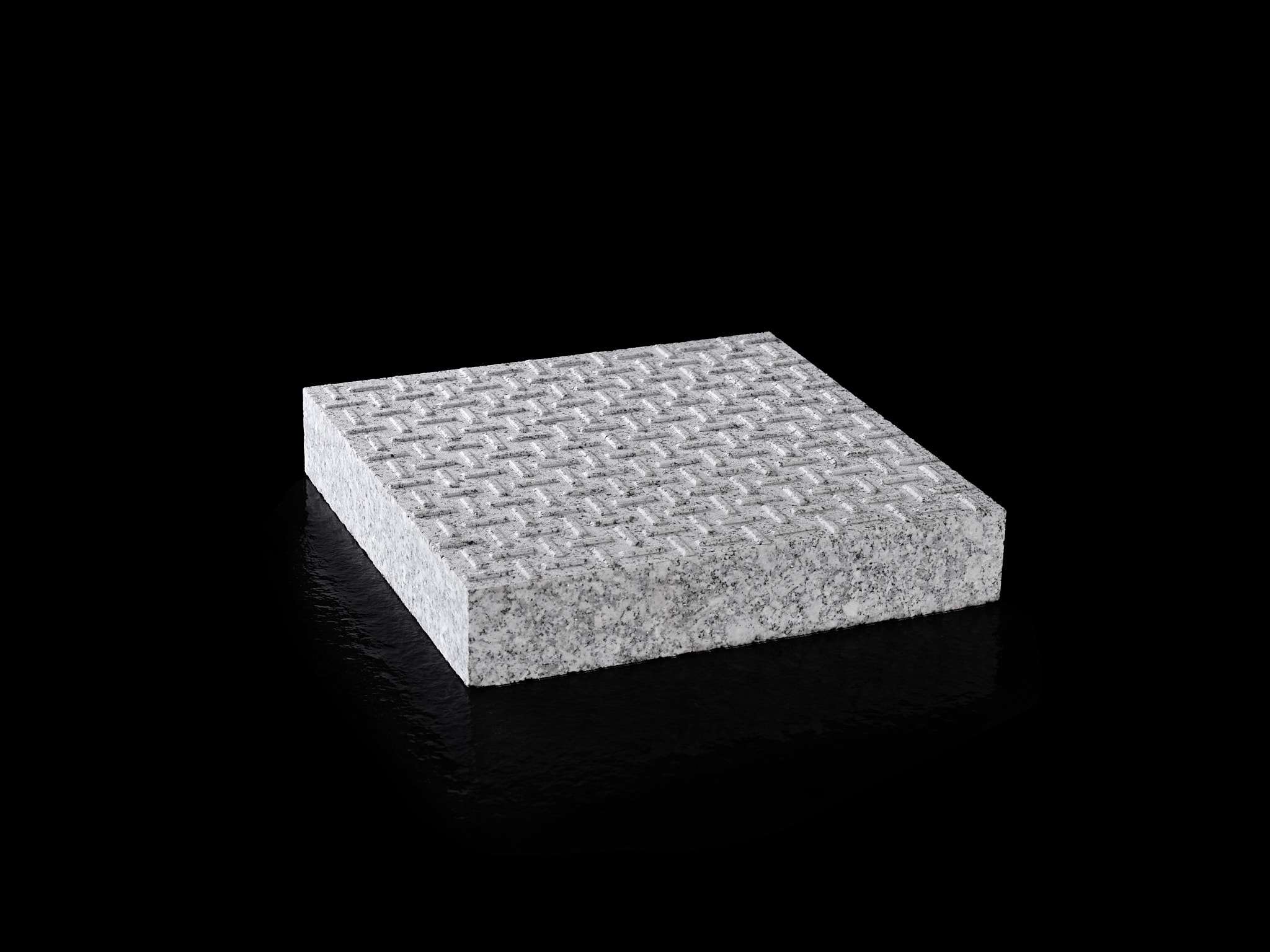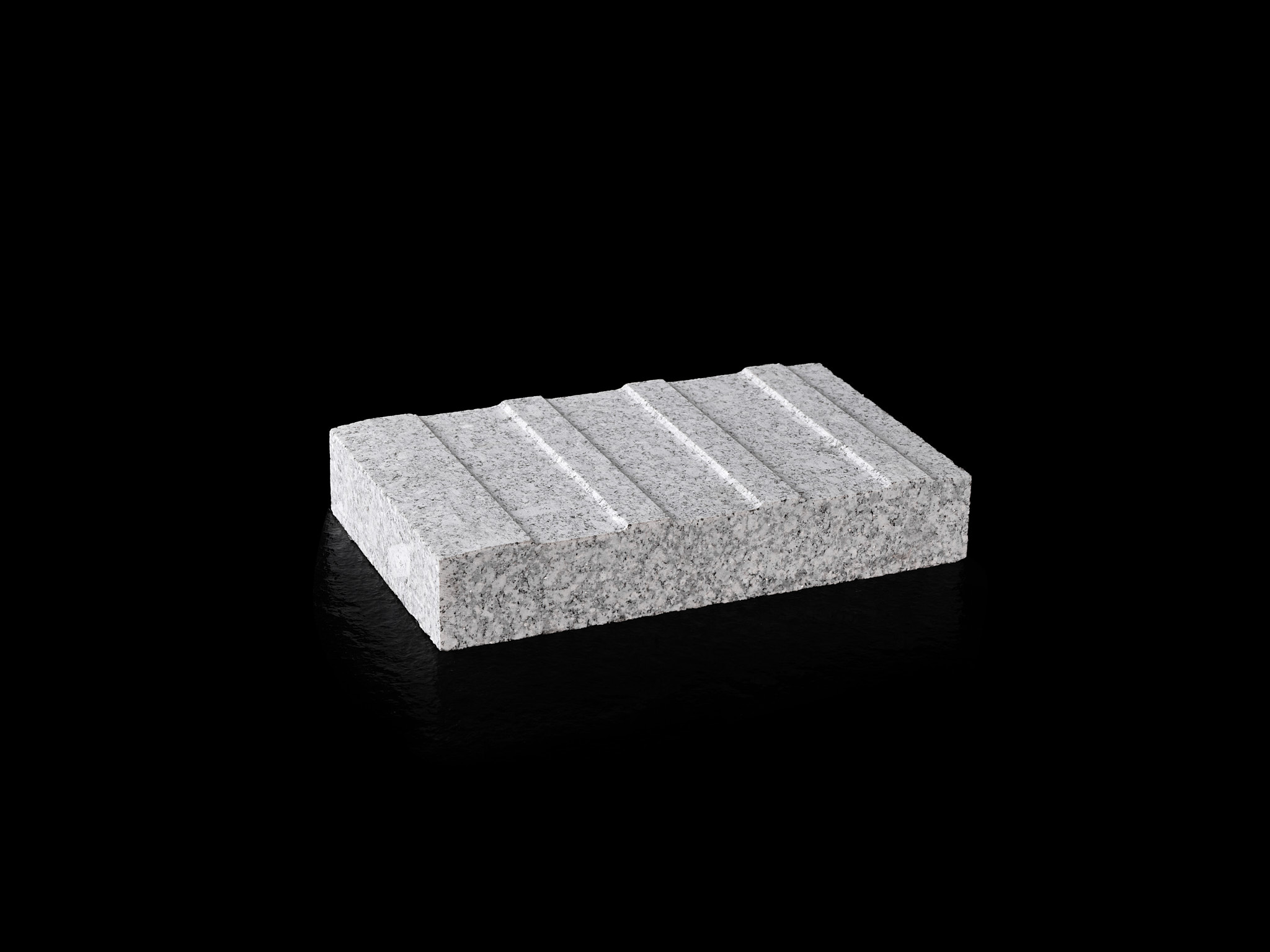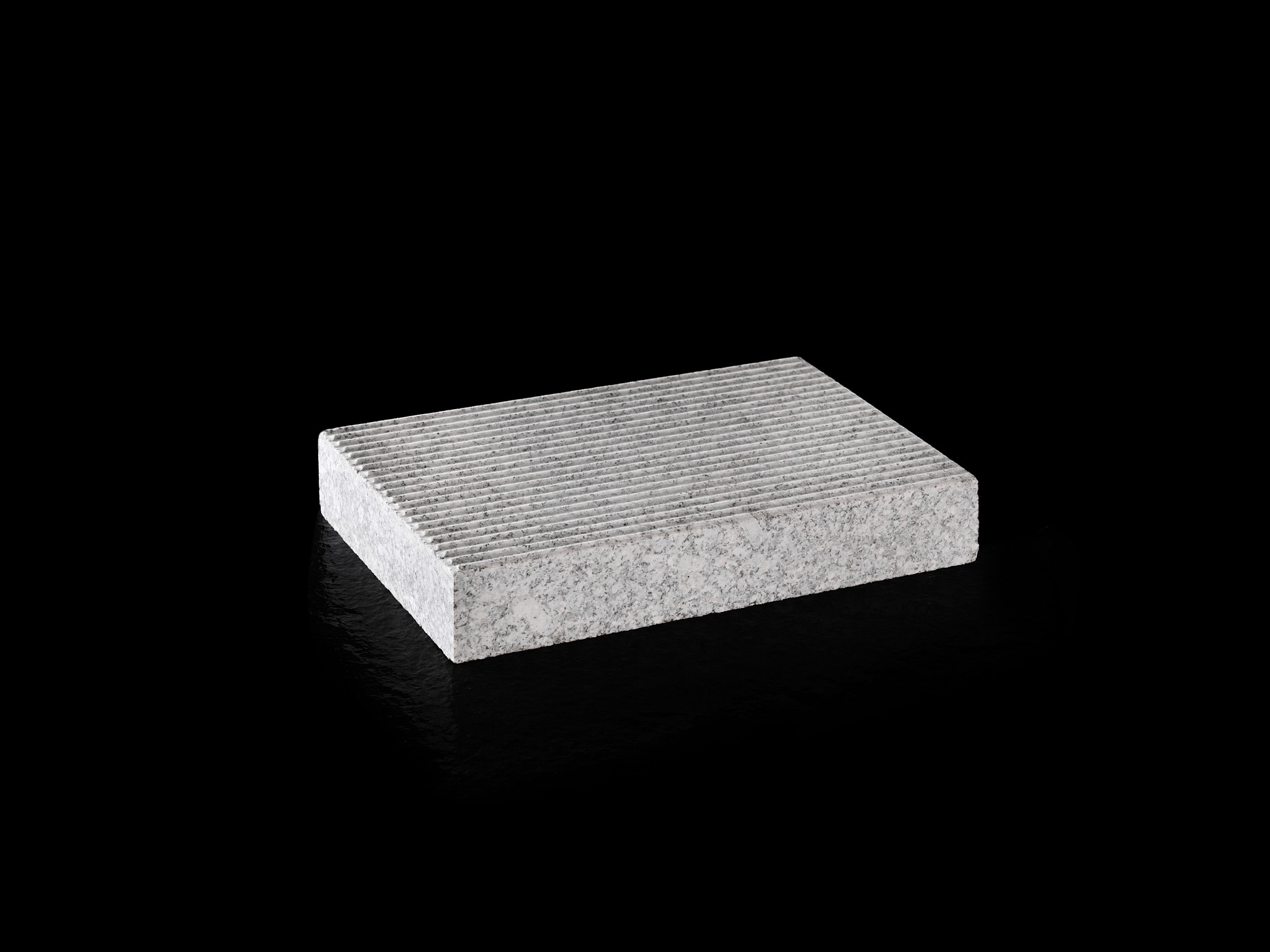
The tactile paths represent a safe directional indication for people with visual disabilities in their movements, both in open spaces and inside public buildings such as, for example, a train or subway station, an airport, a bank, a hospital, a post office or a sports hall.

It is essential to coordinate maps and tactile paths because the maps inform about the services in the area and the routes allow you to reach the chosen services.
The tactile paths must be composed of modular elements bearing recognizable standard codes.

We use 6 standard codes that are most commonly used at national level, LOGES or LVE, as they are sufficient to give an unambiguous indication and therefore guarantee safety. The blind person receives information about orientation and direction through the exploitation of the plantar tactile sense and the use of the white cane;

It is used to absolutely stop the continuation of the journey.
It consists of spherical caps, immediately noticeable under the feet, which give a feeling of distinct discomfort, thus discouraging foot traffic. It has a width of 40 cm, while the length varies according to need. It is placed parallel to the hazard to be signaled at a distance of 40-60 cm (e.g. along a pier or a track).
It is used to signal the presence of an intersection and the possibility of taking multiple directions.
It is a square of 60 cm on each side, made up of a surface covered with dots or segments arranged perpendicularly. It signals the presence of an intersection that allows you to choose between two or three different directions to follow.


It serves to maintain straight direction.
It consists of a series of rectilinear grooves that are followed both with the plantar tactile sense and by sliding the tip of the white stick through them. It has a width of 60 cm, while the length varies according to need.
It is used to signal the presence of a service (map, lift, uphill stairs, door, etc. ..).
It consists of a thickly ruled surface perpendicular to the rectilinear direction code, for a depth of 40 cm. It informs about the need to pay attention or the presence of a service, making the code protrude from the path towards the adjacent service (e.g. lift, stairs to climb, tactile map).
